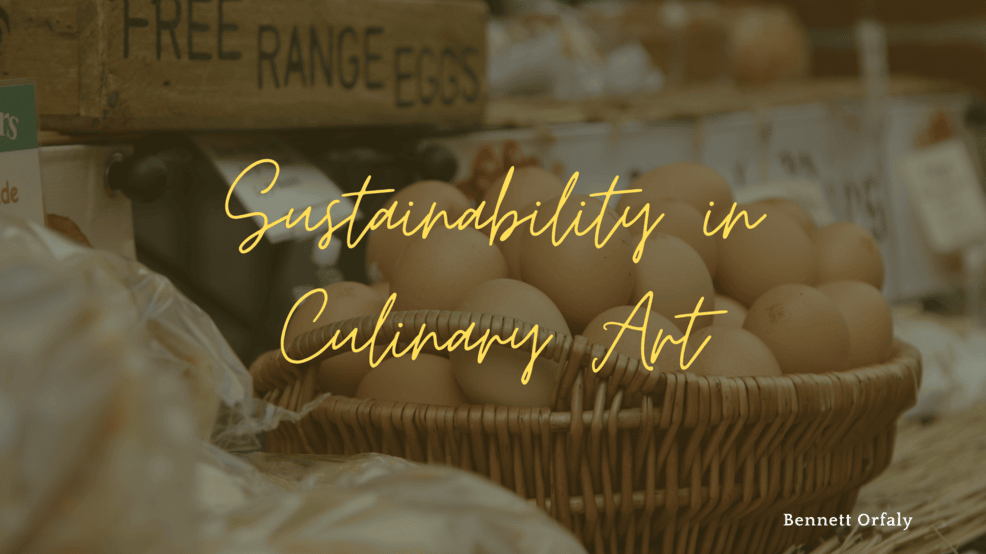As awareness of environmental issues grows, sustainability has become a crucial consideration in culinary art. Chefs and home cooks alike are increasingly recognizing the importance of sourcing ingredients responsibly and minimizing waste. This blog explores the principles of sustainability in cooking and how they contribute to the artistry of culinary practices.
Sourcing Local Ingredients
One of the most effective ways to promote sustainability in cooking is by sourcing local ingredients. Buying from local farmers and producers reduces the carbon footprint associated with transportation and supports the local economy. Seasonal, locally grown produce often tastes better and is more nutritious than imported alternatives.
Farmers’ markets and community-supported agriculture (CSA) programs offer great opportunities to connect with local food sources. By embracing these options, cooks can create dishes that showcase the freshness and flavors of their region while fostering a deeper connection to their community and the land.
Reducing Food Waste
Food waste is a significant issue in the culinary world, contributing to environmental degradation and social inequality. Chefs and home cooks can take proactive steps to minimize waste and promote sustainability in the kitchen.
Here are some strategies to reduce food waste:
- Plan Meals: Planning meals in advance helps avoid over-purchasing ingredients that may go unused. Creating a shopping list and sticking to it can significantly reduce excess food.
- Use Leftovers Creatively: Leftovers can be transformed into new dishes rather than discarded. For instance, roasted vegetables can be added to soups or salads, while stale bread can be repurposed into croutons or bread pudding.
- Compost: Composting food scraps and peels diverts waste from landfills and enriches soil. Many communities offer composting programs, or individuals can set up their compost bins at home.
By adopting these practices, cooks can contribute to a more sustainable food system and inspire others to do the same.
Emphasizing Plant-Based Options
Incorporating more plant-based ingredients into meals is another vital aspect of sustainable cooking. Plant-based diets tend to have a lower environmental impact than diets high in meat and dairy, as they require fewer resources to produce.
Chefs can experiment with diverse plant-based ingredients, such as legumes, grains, and seasonal vegetables, to create satisfying and flavorful dishes. Focusing on plant-based cooking encourages creativity, as cooks explore new flavors and textures while promoting sustainability.
Supporting Ethical Practices
Sustainability also extends to the ethical treatment of animals and workers in the food industry. Choosing responsibly sourced meat, dairy, and seafood can significantly impact environmental sustainability and animal welfare. Look for certifications such as organic, grass-fed, or cage-free, which indicate higher standards for animal care.
Additionally, supporting businesses that prioritize ethical labor practices helps create a more equitable food system. By making informed choices about the ingredients they use, cooks can advocate for sustainability and social responsibility in the culinary world.
Conclusion
Sustainability is a vital aspect of culinary art, influencing how cooks source ingredients and minimize waste. By prioritizing local sourcing, reducing food waste, emphasizing plant-based options, and supporting ethical practices, chefs and home cooks can create dishes that reflect their commitment to a more sustainable food system.
Ultimately, the art of cooking is about more than just flavors and presentations; it’s also about responsibility to the planet and future generations. Embracing sustainability in culinary practices allows cooks to contribute positively to their communities and the environment while celebrating the beauty and creativity of food.
